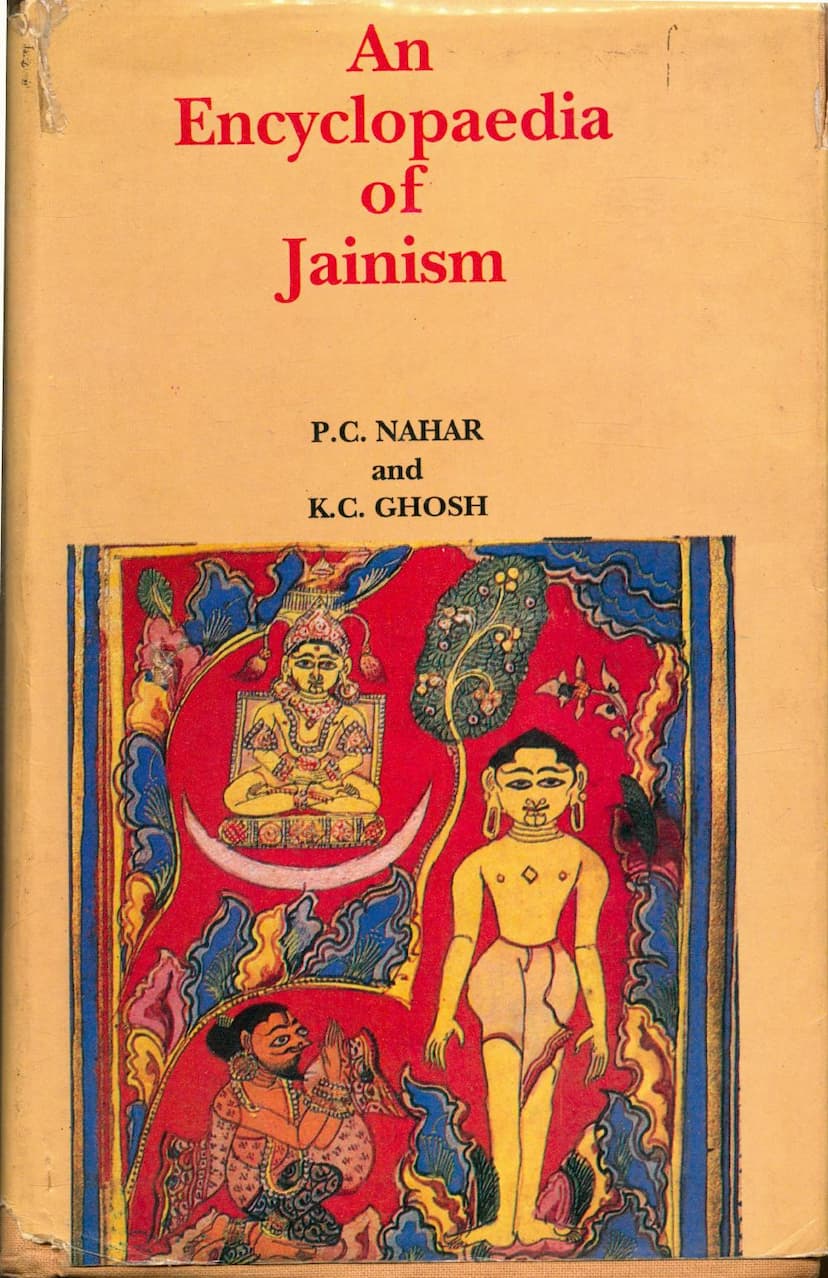Encyclopaedia Of Jainism
Added to library: September 1, 2025

Summary
This document is the table of contents and introductory material for "An Encyclopaedia of Jainism" by P.C. Nahar and K.C. Ghosh, published by Satguru Publications. The book is a comprehensive compilation that aims to present the orthodox principles, doctrines, and tenets of Jainism based on authoritative and ancient Jain works.
The Encyclopaedia is divided into forty-one chapters, covering a wide range of topics related to Jain philosophy and religion. The initial chapters (I-VIII) focus on the foundational aspects of Jainism, including its philosophy, religion, categories of knowledge (predicaments), epistemology, logic, and the doctrine of Syadvada. It also includes comparative analyses with other philosophical schools like those of Shankar and Sankhya.
The subsequent chapters delve into core Jain concepts such as:
- Metaphysics and Cosmology: The nature of the universe, theories of evolution, God, and the soul.
- Karma and Rebirth: A detailed exploration of karma phenomenology, the law of karma, belief in rebirth, and the concept of karma-sarira. It also addresses the relationship between Christianity and the law of karma.
- Ethics and Conduct: Discussions on free-will versus fatalism, will and individuality, causality in the moral world, classification of karmas, the transition from metaphysics to ethics, the conceptions of virtue and vice, Punya (merit) and Papa (demerit), influx (asrava), bondage (bandha), stoppage (samvara), dissipation (nirjara), and emancipation (moksha).
- Jain Practices and History: Chapters are dedicated to the Gunasthanas (stages of spiritual development), the Jain Church (including its divisions like Swetambaris and Digambaris), Jain festivals, places of pilgrimage, Jain literature, and Jain art and architecture.
- Appendices: The book includes appendices with historical information such as the date of King Chandra Gupta, royal firmans and sunnuds related to Jain religious sites, a list of Jain Agamas and Nigams, a list of Tirthankaras of the present era, and chronological lists of Gachchha heads.
The preface highlights that the book is an epitome, not intended to supersede other works, but to present a coherent overview of Jainism's core principles. It emphasizes the importance of epistemology in understanding any philosophical system and traces the Jain dialectical method (Syadvad) back to ancient Jain sages, predating similar developments in Western philosophy. The preface also touches upon the unique Indian intellectual freedom and religious tolerance, contrasting it with the often adversarial relationship between philosophy and religion in the West. It concludes by stressing the importance of reviving ancient Jain teachings to counter materialism and foreign influences.
Overall, the "Encyclopaedia of Jainism" appears to be a scholarly and extensive work aiming to provide a systematic and comprehensive understanding of Jainism's philosophical, religious, ethical, historical, and artistic dimensions.